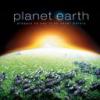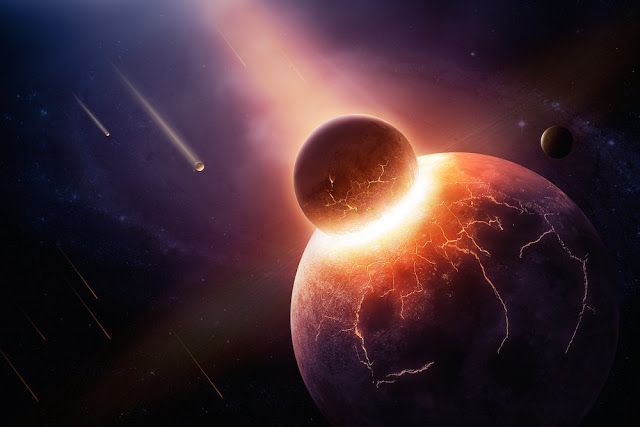

| Online: | |
| Visits: | |
| Stories: |
Head-on collision between Earth, Theia likely created the moon
by Chuck Bednar
redorbit.com
The collision between Earth and the “planetary embryo” known as Theia that took place roughly 100 million years after our planet formed was most likely responsible for forming the moon, according to new research published Friday in the journal Science.
While the high-velocity impact between Earth and Theia has been well documented by scientists, previous studies had suggested that the two objects simply side-swiped one another. However, in their new paper, Edward Young, a professor of geochemistry and cosmochemistry at UCLA, and his colleagues have found new evidence suggesting that it was a head-on impact. Young’s team analyzed seven rocks collected from the moon and brought back to Earth by the astronauts of the Apollo 12, 15, and 17 missions, as well as six volcanic rocks from the planet’s mantle, and conducted a chemical analysis and comparison of each set of samples. They found no distinguishable difference between the oxygen isotopes between the Earth and moon rocks.
The findings contradict a 2014 German study that the lunar rocks would have a unique ratio of oxygen isotopes, different from those on Earth. The discovery suggests that a glancing collision between Earth and Theia was unlikely, as such an impact would have caused the moon to have been made primarily of material from Theia that had a non-Earth-like chemical composition.
Read more »
Every Day is Earth Day
Source: http://www.riseearth.com/2016/01/head-on-collision-between-earth-theia.html




